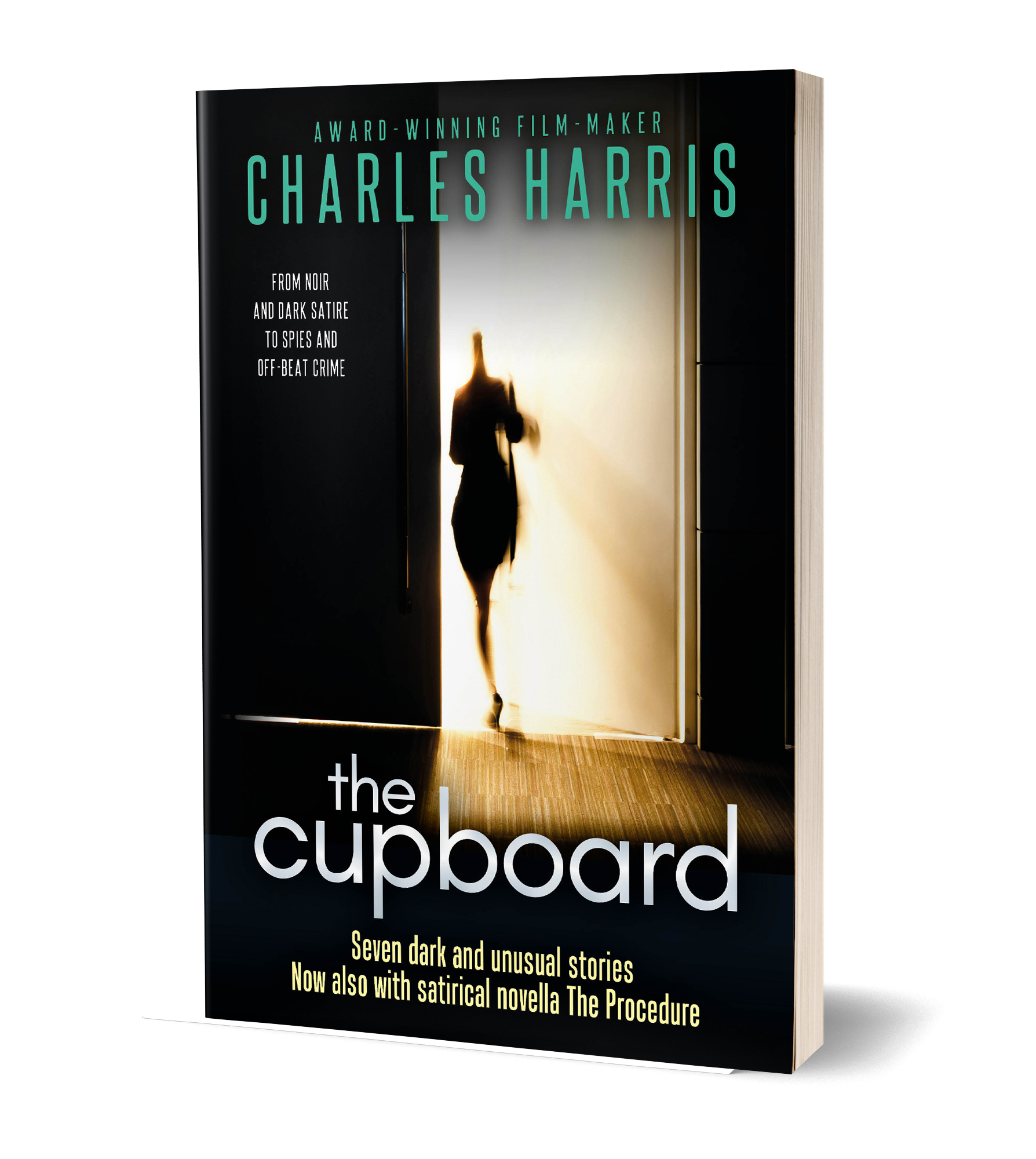Measles and MMR vaccine deniers: how to create a panic
22 Wednesday Aug 2018
Written by Charles Harris in Journalism, Life, Politics, Stories
Tags
Andrew Wakefield, Japan, mad cow disease, measles, mumps, rubella, vaccines
Measles and MMR vaccine deniers
You may have seen reports this week of a surge in measles across Europe and the United States.
The media have blamed a paper by British scientist Andrew Wakefield, whose research connected the combined MMR vaccine with autism in children and became famous (infamous) around the world.
paper by British scientist Andrew Wakefield, whose research connected the combined MMR vaccine with autism in children and became famous (infamous) around the world.
I thought that storytellers – and story readers – might be interested in how a single, relatively obscure scientific publication could have such a dramatic, even dangerous, effect across the entire planet.
This posting is going to be a bit complicated, but bear with me. It’s worth the effort…
The background to measles and MMR vaccine deniers
For those who haven’t been following, childhood vaccinations for mumps, measles and rubella (MMR) were first combined in the early 1970s to make the combined MMR vaccine.
This meant that doctors could vaccinate against all three diseases in one go, now given in most countries at around the age of one. A second dose was added later, to be given around at around four or five.
However in 1998, Wakefield, a gastroenterologist working in London, published research which suggested a link between MMR vaccination and the onset of autism in children.
This was immediately rejected by the medical establishment. Wakefield had based his research on a tiny sample (twelve children).
Worse, nobody could reproduce his results. Worse still, he’d been fraudulent – for one thing, he’d not declared financial interests – and his methods were ethically flawed.
Wakefield was struck off the medical register but MMR rates were already dropping.
Amazing results
It seems strange that a single study could have such devastating results. After all, if research studies were so powerful, we would long ago have given up eating sugar and using petrol for cars.
But Wakefield had two powerful forces on his side.
The first is that governments have a tried and tested series of steps when dealing with any health crisis. They go like this:
- Deny it exists
- Admit it exists but is not worth the fuss
- Agree grudgingly it’s important but we shouldn’t be too hasty
- Accept finally that it’s urgent – but it’s all now too late
Wakefield’s paper came in the wake of a succession of health crises, such as mad cow disease. These were still very live in public memory.
So, when the medical and political establishment attacked Wakefield’s research almost before the ink was dry, to anxious parents this looked only too much like the usual cover-up.
Evidence finally arrived and the establishment greeted it with an almost tangible relief.
But in rushing to judgement the government had crucially lost credibility with the public.
Tactical issues
The second tactical move was to refuse parents the alternative of single vaccines.
One of the particularly weak grounds for this was a rather contradictory (if not insulting) suggestion: that parents who worried enough about their children’s safety to question MMR would not worry enough to bring them for a protracted series of injections.
These were also parents who had quite probably received single vaccinations in their own childhood.
Many not unreasonably found their experience more trustworthy than the statements of politicians.
It may well be that single vaccines had drawbacks, but Japan had been using them for many years without apparent problem.
It would have been sensible to consider them in Europe and the USA. At least in the short term, thus showing a grown-up appreciation of parents’ fears.
At least some level of vaccination would have taken place.
Instead, the establishment demonised anxious parents on the one hand for being gullible and on the other for putting their children’s lives at risk.
Powerful stories
Powerful stories have three key elements:
- They play to their audiences’ deepest desires or fears – such as love, justice, adventure or personal safety
- They may be fiction but they ring true – relating to our beliefs and suspicions about how the world really works
- But ringing true is not enough – they also bring a fresh angle or insight that we’ve not thought of before
This story had all three.
No wonder it went round the world – and is still going strong.


Tell people what you think